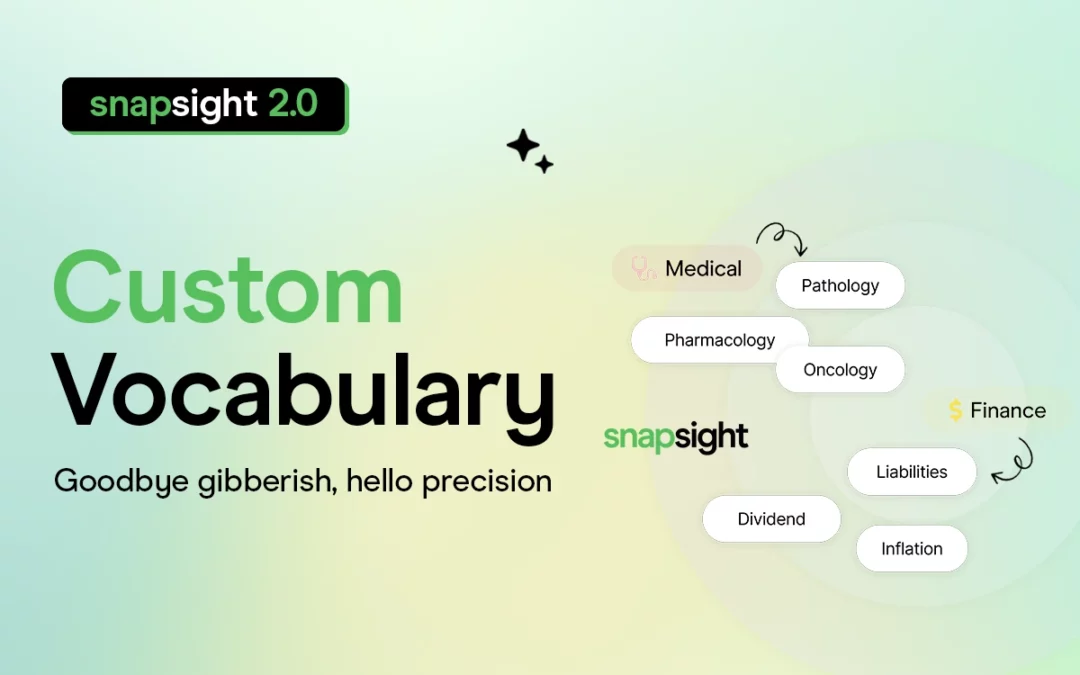For years, event organizers struggled to make conferences, town halls, and corporate meetings accessible to multilingual audiences. Traditional solutions—human interpreters and early machine translation systems—had limitations in cost, speed, and accuracy. But with large language models (LLMs), live AI translation has reached new levels of contextual awareness and reliability, changing how events handle language diversity.
How Translation Worked Before LLMs
Human interpreters provided accuracy but were expensive and logistically complex, especially for large events requiring multiple languages. Early machine translation relied on phrase-based or rule-based systems that often failed with idioms, technical jargon, or nuanced discussions.
At events, these limitations led to confusing translations, misunderstandings, and disengagement. Some organizers tried adding manual glossaries or running separate interpreter channels, but these were workarounds rather than real solutions.
LLM-Powered AI Translation: What’s Different?
Unlike older systems that match words and phrases from static databases, LLMs analyze vast amounts of text, learning context, tone, and intent. They process full sentences and conversations instead of translating word by word.
For event organizers, this means:
- More accurate, natural translations that capture intent, not just words.
- Adaptability to industry-specific jargon and informal speech.
- Real-time translations that keep up with live discussions.
- Better inclusivity for multilingual audiences.
Use Cases: Where AI Translation Makes a Difference
1. Conferences and trade shows
Large-scale conferences attract international attendees, but traditional interpretation is costly and limited in coverage. LLM-powered AI translation allows organizers to offer multilingual captions and audio in real time. Attendees no longer need to rely on pre-set language options—they get dynamic translations tailored to the session content.
Impact:
- Attendees engage more, ask more questions, and network without language barriers.
- Speakers don’t need to adjust their delivery for translation delays.
- Organizers can repurpose translated transcripts for post-event content.
2. Town halls and public forums
Community meetings and corporate town halls need clear communication to build trust. Pre-LLM translation tools often struggled with local slang, cultural references, and policy jargon. LLM-powered solutions handle these nuances better, ensuring accurate translations that reflect the speaker’s intent.
Impact:
- More inclusive discussions where all participants can contribute.
- Reduced misunderstandings around policy decisions or company updates.
- Greater transparency and engagement from multilingual audiences.
3. Technical sessions and developer conferences
Tech events often include deep discussions on coding, AI, and engineering concepts. Older translation models misinterpreted terms like “React hooks” or “containerized applications,” leading to nonsensical outputs. LLMs can be trained on session materials, ensuring precise, jargon-aware translations.
Impact:
- Non-native speakers follow technical content without confusion.
- Live Q&A sessions are more dynamic, with real-time translation keeping up.
- Developers from different regions collaborate more effectively.
4. Internal trainings and workshops
Global companies conduct training for employees across multiple countries. Previously, non-English speakers had to rely on post-event subtitles or localized recaps, limiting their real-time engagement. LLM-driven translation allows them to participate fully in live sessions.
Impact:
- Employees from different regions contribute actively.
- Companies save costs on multiple localized training versions.
- Training sessions feel more interactive and immediate.
5. Webinars and virtual summits
Online events often struggle with engagement due to language barriers. Older subtitle tools provided delayed or inaccurate translations, making it hard for global attendees to follow discussions. LLM-powered translation delivers real-time captions with context, improving comprehension.
Impact:
- Viewers stay engaged longer and ask more questions.
- Virtual events attract a wider international audience.
- Post-event content can be localized easily for different markets.
The Broader Impact: More Inclusive, Engaging Events
With LLM-powered AI translation, events move beyond basic accessibility. Attendees participate more actively, ask better questions, and connect with a wider audience. Organizers gain deeper insights from multilingual engagement, while sponsors and exhibitors benefit from broader market reach.
For event professionals, this isn’t just a tech upgrade—it’s a fundamental shift in how events foster global collaboration and meaningful dialogue.

